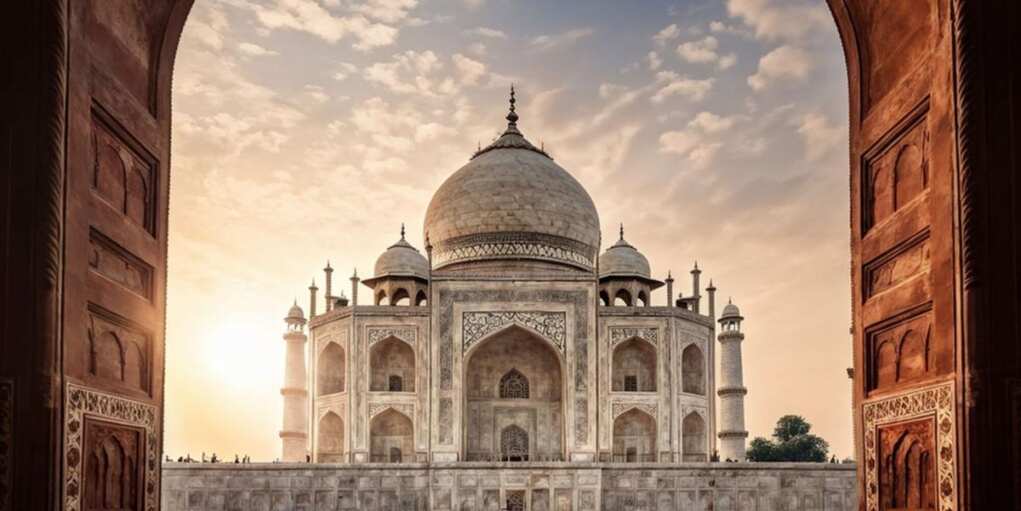Trump Warns India: Cut Your Tariffs or Face the Consequences

President Donald Trump predicted Tuesday that India will make major cuts to its tariffs in a bid to avoid the reciprocal trade penalties his administration is preparing to impose on what he has dubbed “Liberation Day,” set for Wednesday, April 2.
“I think I heard that India just a little while ago is going to be dropping its tariffs very substantially, and I said, ‘why didn’t somebody do this a long time ago?’” Trump said at a press conference, referencing what he described as a long-overdue correction to trade imbalances.
The president’s comments follow ongoing trade talks between U.S. and Indian officials, who met last week in New Delhi to work toward a new bilateral trade agreement. Though India’s Commerce Ministry said the two countries had “broadly come to an understanding,” it did not confirm any immediate steps to avoid Trump’s tariffs — which the administration says could slash over $7 billion in Indian exports next year.
Still, Indian media reports suggest New Delhi is considering last-minute concessions. Local outlets say Indian officials are urgently reviewing tariffs on U.S. autos, electronics, and medical devices, with the aim of staving off economic blowback. According to sources cited by India’s PTI news agency, the Commerce Ministry is running various “scenarios” to gauge the potential damage from Trump’s trade action and weigh emergency reductions.
White House Press Secretary Karoline Leavitt did not mince words about India’s past behavior, grouping it with several other trade partners she says have “ripped off” American workers for decades.
“If you look at the unfair trade practices — we have 50 percent from the European Union on American dairy, you have a 700 percent tariff from Japan on American rice. You have a 100 percent tariff from India on American agricultural products. You have nearly a 300 percent tariff from Canada on American butter and cheese,” Leavitt said Monday.
She called these barriers “virtually impossible” for U.S. producers to overcome, noting they’ve “put a lot of Americans out of business and work over the past several decades.”
Leavitt said the time for playing nice is over. “It’s time for reciprocity, and it’s time for a president to take historic change, to do what’s right for the American people — and that’s going to take place on Wednesday.”
Currently, Indian tariffs on U.S. goods average 7.7 percent, while American tariffs on Indian exports sit at just 2.8 percent — a nearly 5-point difference. In agriculture, the gap is even more dramatic: U.S. farm goods face an average tariff of 37.7 percent in India, while Indian farm exports are taxed at just 5.3 percent in the U.S.
At the sector level, U.S. exporters face steep disadvantages in areas like automobiles (23.1 percent tariff gap), jewelry (13.3 percent), and electronics (7.2 percent). By contrast, many Indian exports sail into the U.S. market with minimal restrictions.
Indian officials have suggested that America’s “non-tariff barriers” — including food safety rules, registration costs, and environmental requirements — should also be taken into account. They argue these behind-the-scenes policies can act as de facto trade barriers. One example cited by India is the U.S. ban on wild-caught shrimp from India due to the lack of Turtle Excluder Devices on fishing vessels.
To track such complaints, the Indian government is developing a new portal to log non-tariff barriers faced by its exporters. The tool is currently in beta testing and may launch fully within two months.
Despite the noise from New Delhi, Trump’s team seems unmoved by excuses. Trade hardliners in the administration believe India has little choice but to comply, especially given the broader Trump strategy of economic leverage to secure American interests.
If India does not act swiftly, Wednesday could mark a sharp turn in U.S.-India trade relations — and another major victory for Trump’s America First trade agenda.

